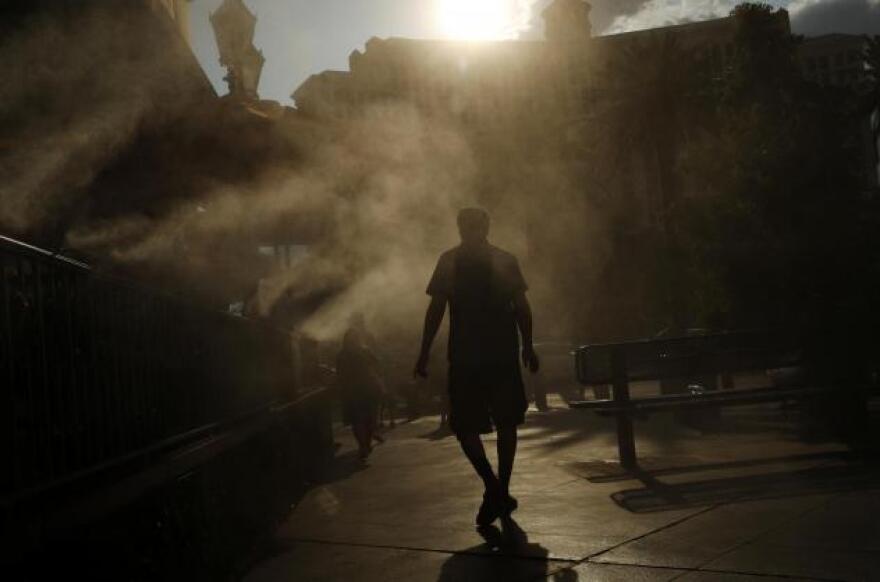As temperatures increase, so do utility costs. But, what happens when people can't keep up with the bills? In the Mountain West, many states don’t offer protections for struggling rate payers.
The National Energy Assistance Directors Association (NEADA) is a federal entity that provides grants for states to help people struggling to pay their utilities. Executive Director Mark Wolfe said most states have “winter protections” – that means a utility company can't shut off power when the weather is below a certain temperature. But less than half of states have “summer protections.”
“These are rules that were written before we had back to back heat waves,” Wolfe said. “So 30, 40 years ago it might be 105 degrees for a couple of days. But not for weeks.”
According to NEADA, the cost of summer cooling is expected to average $719 in 2024. That’s almost $300 more than it was a decade ago, when the average was $476 in 2014.In our region, only Colorado and Nevada have “summer protections” where the utility company cannot shut off power. In Colorado that protection kicks in when it gets above 95 degrees, and in Nevada, the temperature range is from 95 to 105 degrees, depending on whether someone belongs in a vulnerable group, and where in the state the utility is.
The days of short-term solutions such as setting up cooling centers are no longer viable.
“So a family that doesn't have air conditioning, struggling to pay the bill — they'd go to the library for the day. And that worked well when the heat wave was just for a day or two,” Wolfe said. “But these extended heat waves make it much more difficult to have programs like that because you can't ask a family to move into the library for a week.”
According to federal data, Nevada ($110.17) has the highest average energy costs per household, while Utah ($80.87) has the lowest.
This story was produced by the Mountain West News Bureau, a collaboration between Wyoming Public Media, Nevada Public Radio (KNPR) in Las Vegas, Boise State Public Radio in Idaho, KUNR in Nevada, KUNC in Colorado and KANW in New Mexico, with support from affiliate stations across the region. Funding for the Mountain West News Bureau is provided in part by the Corporation for Public Broadcasting.








